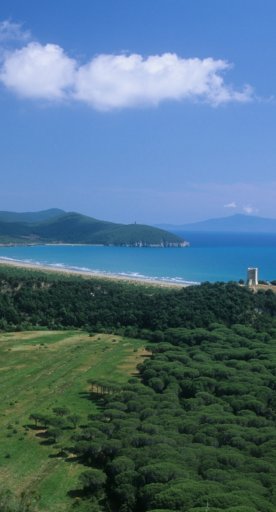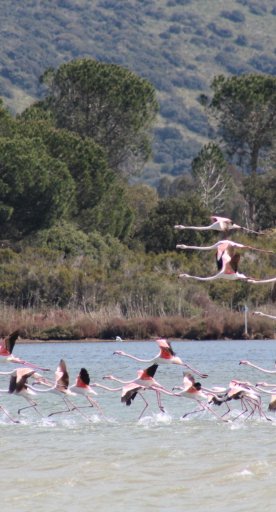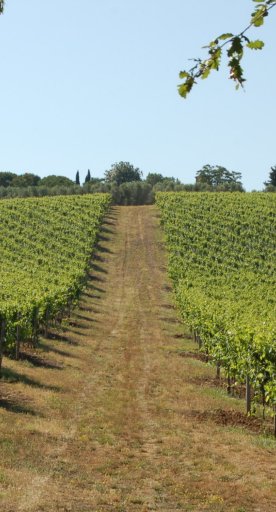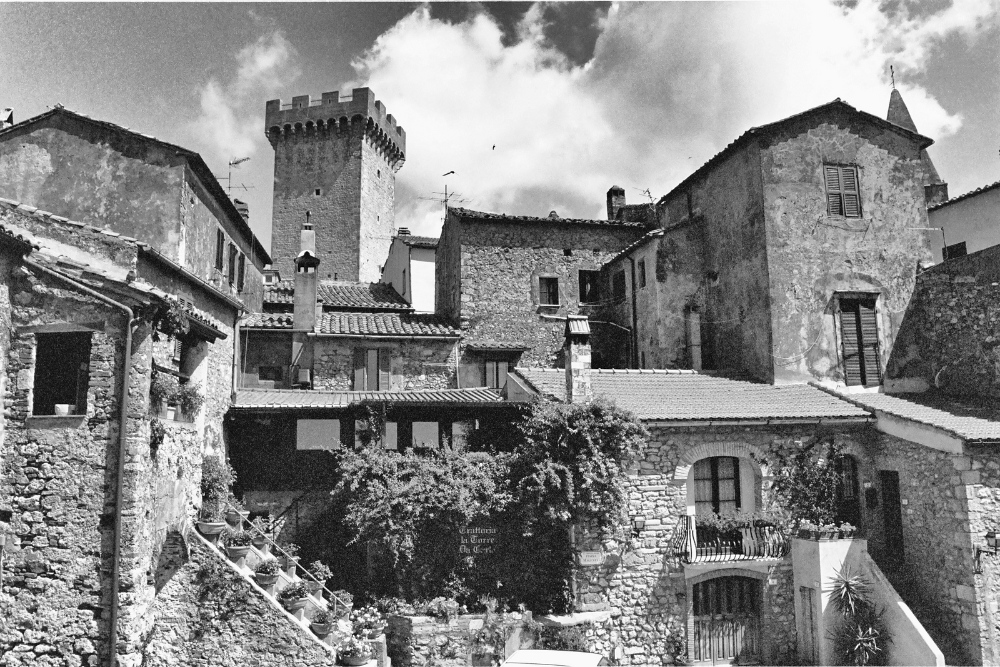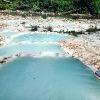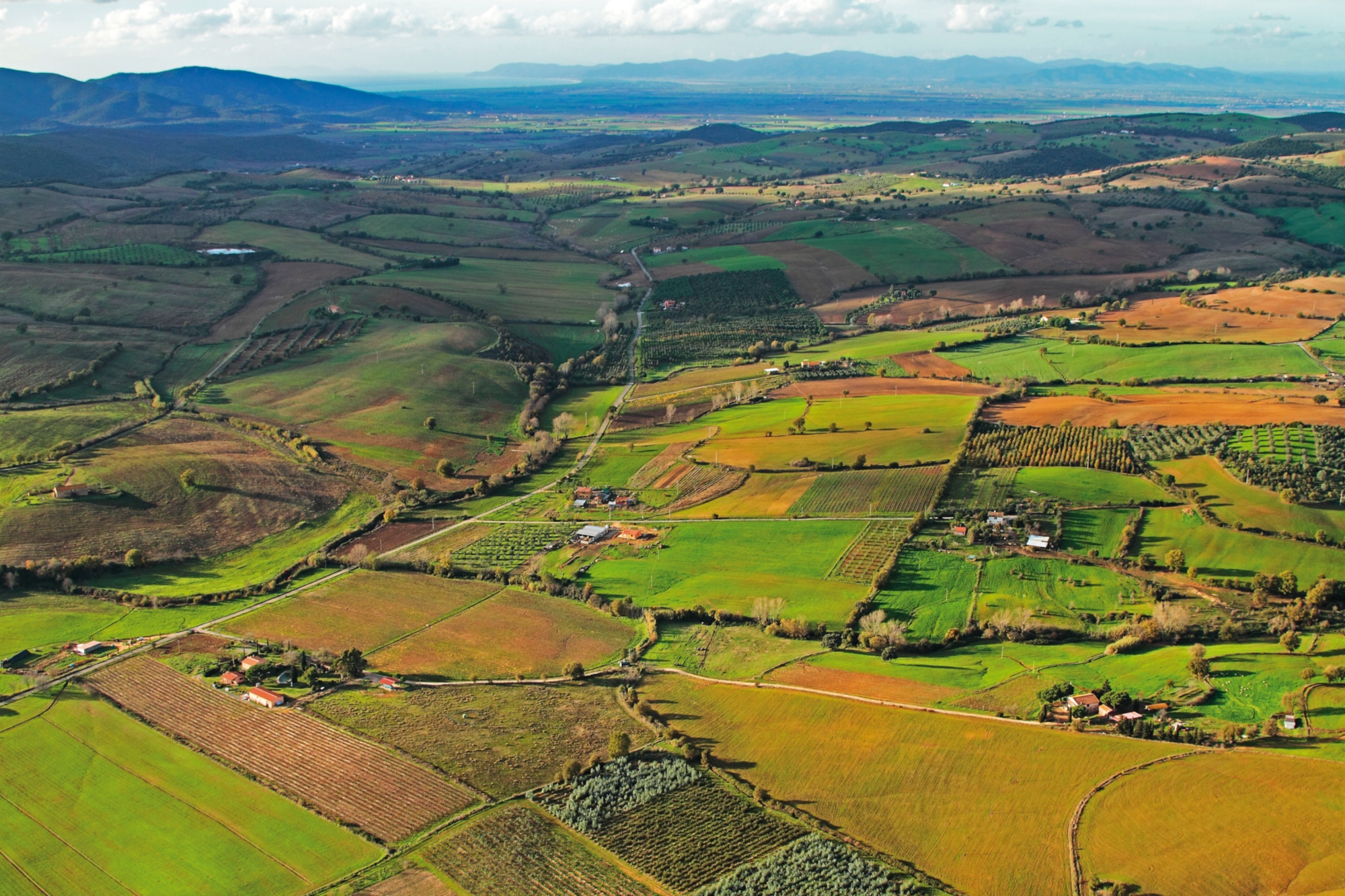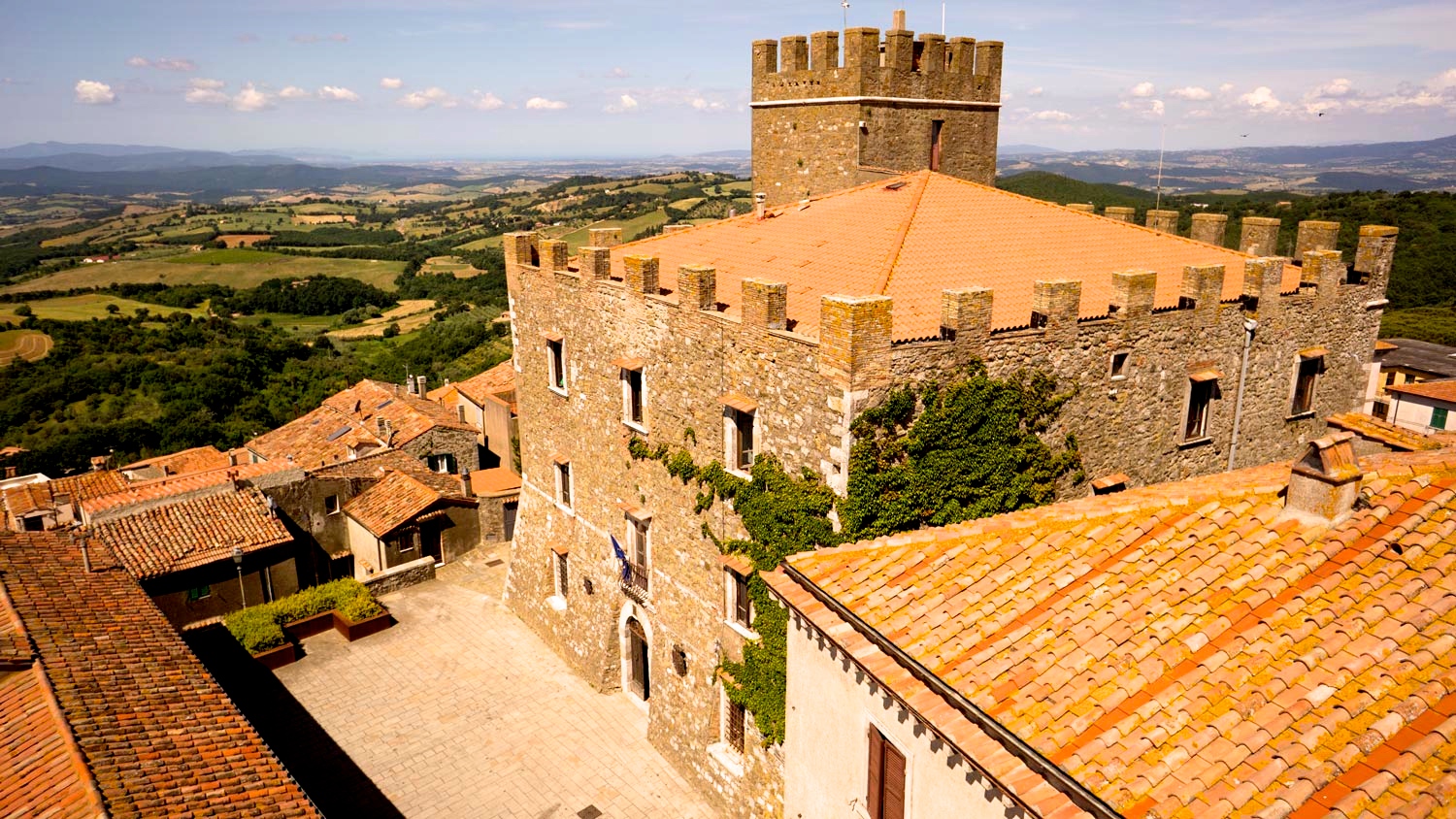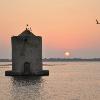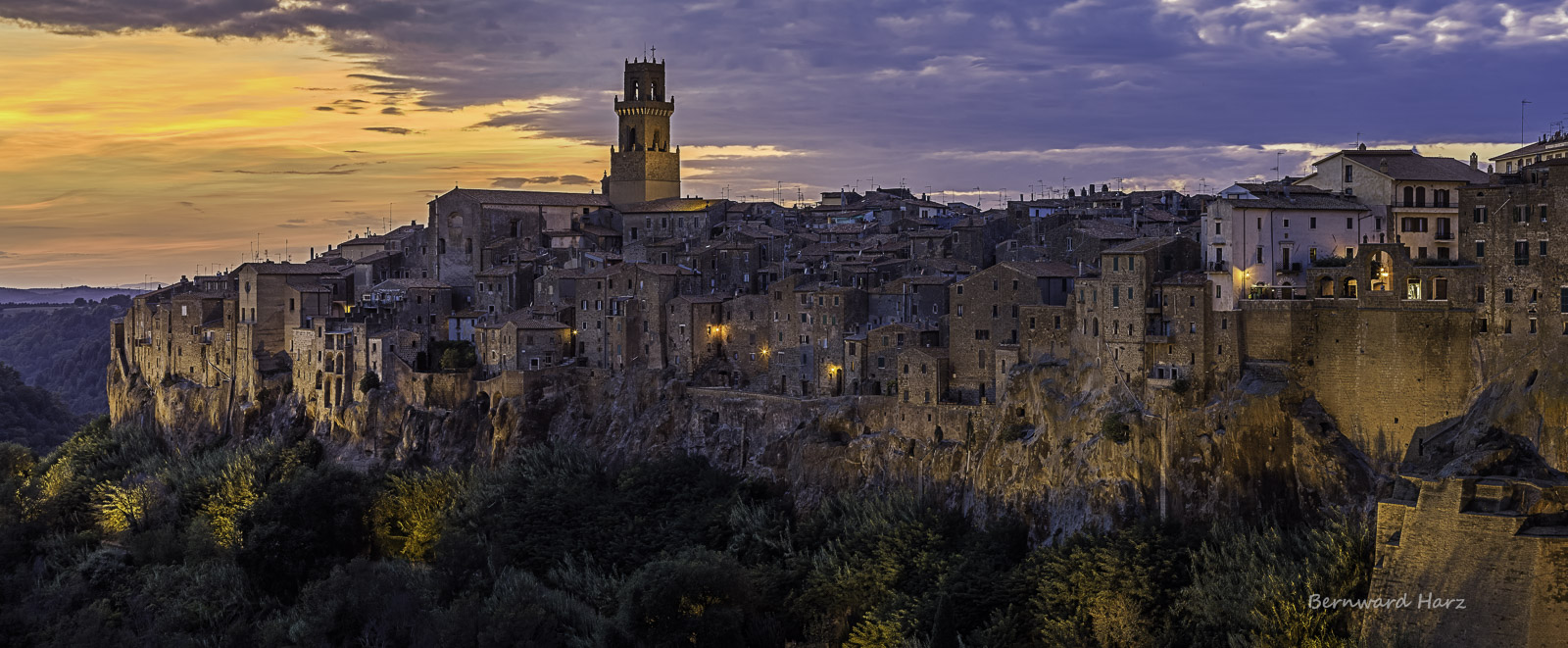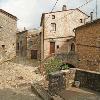Once here, it’s absolutely worth exploring the town’s surroundings, which are full of distinctive and fascinating places such as the delightful port of Talamone, a picturesque and isolated fishing village. Built on a rocky headland around a 15th century fortress, the port offers incredible panoramic views of the Tyrrhenian coast and the surrounding islands, in particular Isola del Giglio. Talamone's origins are very ancient; spearheads dating from the Neolithic period have been found, and Etruscans and Romans chose this promontory to build a settlement. The fortress of Talamone has the shape of a square, like a large keep, reinforced on the corners towards the sea by three turrets and in the inner corner by a taller and more massive one, serving as a watchtower.
The Ansedonia archaeological park is also a vital part of the region, and is a renowned holiday resort whose lands have uncovered archaeological remains of the city of Cosa, an important third century BC Roman colony.
The Tagliata Etrusca, an open channel in the rock, is also found on these shores; near it is the so-called Spacco della Regina, a deep cave which you can enter and discover a fascinating and mysterious place filled with mythological sensations.


